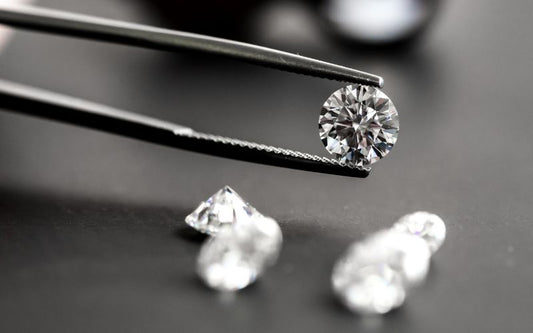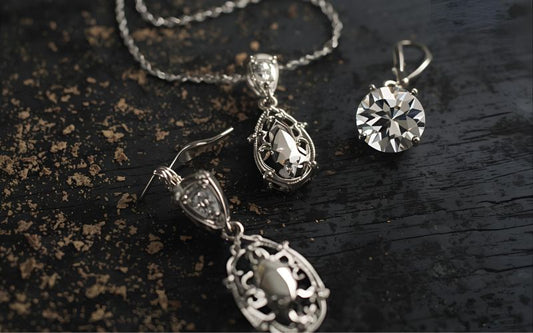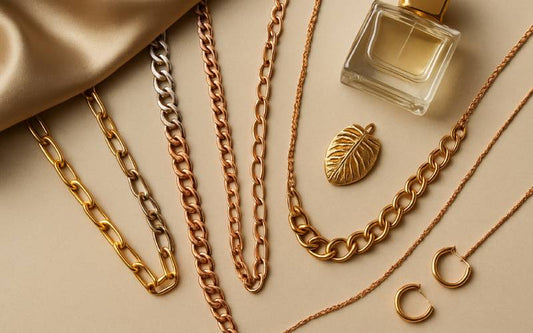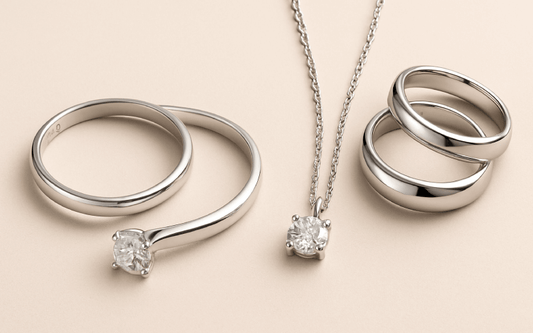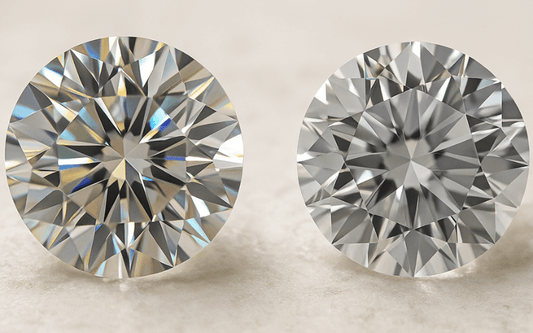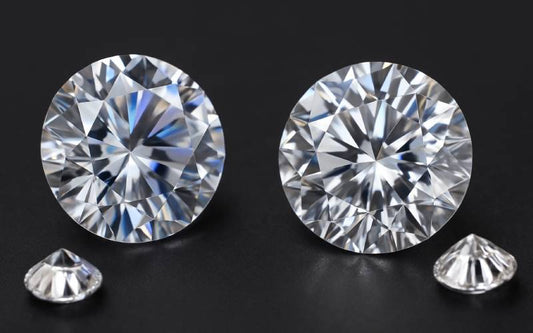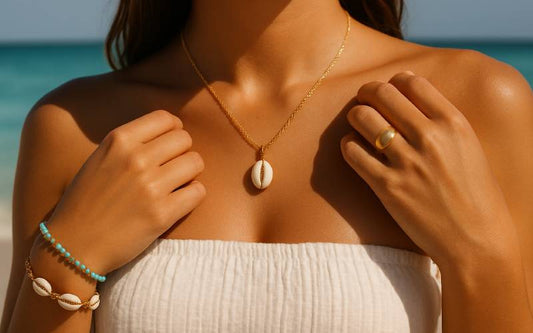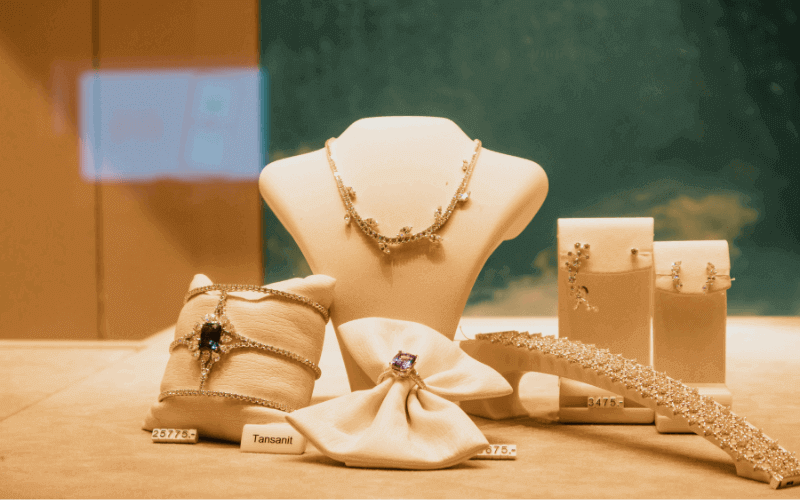
The History of Saudi Jewelry Designs
Saudi Arabia has a rich and historic jewelry-making tradition that reflects the country's cultural heritage, historical influences, and evolving artistic expressions. From ancient tribal adornments to contemporary luxury pieces, Saudi jewelry has continually transformed while preserving its deep-rooted traditions.
This article explores the fascinating history of Saudi jewelry designs and their evolution over time.
Ancient Roots and Bedouin Influence
The first jewelry in what is now Saudi Arabia was made by Bedouin tribes who used jewelry as adornment and a form of wealth. Bedouin women traditionally wore silver jewelry, including necklaces, bracelets, and rings, which often featured intricate hand-engraved designs and protective symbols, such as the Hand of Fatima (Hamsa) and designs against the evil eye. These pieces were often passed down from generation to generation and served as decorative and financial assets.
Gold was rare among the Bedouins, as silver was more widely available and affordable. Many of these designs incorporated coins, beads, and semi-precious stones like turquoise, coral, and amber, believed to have protective and healing properties.
Islamic Influence and Ottoman Era
With Islam's expansion across the Arabian Peninsula, jewelry designs started incorporating Islamic aesthetics and spiritual symbols. Calligraphy, particularly Quranic verses and religious inscriptions became a popular feature in jewelry, often found etched onto pendants and rings.
During the Ottoman era, which lasted from the 16th century to the early 20th century, Saudi jewelry saw a mixture of Turkish and Persian influences. This period introduced elaborate filigree work, delicate enamel designs, and the use of gold in more complex patterns. Jewelry became more refined, with floral and geometric motifs taking center stage, influenced by the artistic arts of the wider Islamic world.
Modernization and Global Influence
With the discovery of oil in the 20th century, Saudi Arabia experienced rapid transformation, including shifts in fashion and jewelry preferences. The newfound wealth allowed for a greater appreciation for gold, diamonds, and other precious stones, making gold jewelry more prominent in Saudi society.
During this period, international influences began shaping local designs. European and Indian jewelry techniques, such as gemstone settings and high-polish finishes, were incorporated into traditional Saudi motifs. Contemporary brands and luxury designers have further diversified the Saudi jewelry scene.
Contemporary Saudi Jewelry and Revival of Heritage
Today, Saudi jewelry is a blend of traditional craftsmanship and modern innovation. Designers are reviving age-old techniques while infusing contemporary elements, resulting in unique, high-end pieces that appeal to local and international markets. Brands like Alef Jewels, Lillian Ismail, and Nouf Jewellery have gained recognition for blending Saudi cultural heritage with modern aesthetics.
Moreover, there is a growing movement to preserve and celebrate traditional Saudi jewelry. Many artisans are returning to Bedouin and Islamic influences, incorporating historical patterns, Arabic calligraphy, and symbolic motifs into their work.
Conclusion
Saudi jewelry design has undergone an amazing transformation, moving from humble tribal adornments to stunning luxury pieces that are now celebrated around the world. While modernization has introduced new materials and techniques, the essence of Saudi heritage remains deeply rooted in its jewelry. Whether made of gold, or silver or adorned with precious stones, Saudi jewelry continues to tell a story of culture, identity, and artistic mastery that spans centuries.
Visit Alef Jewels to discover the beauty of timeless Saudi jewelry.


